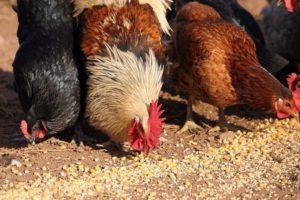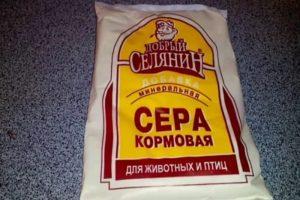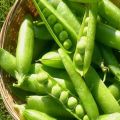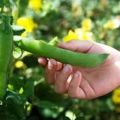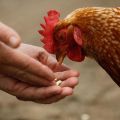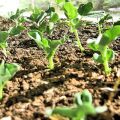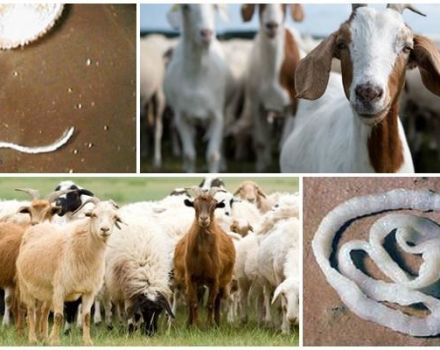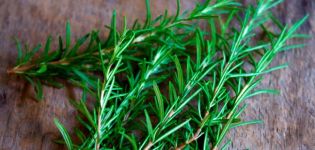Is it possible and in what form it is better to give peas to hens
Farmers carefully think over the diet of birds, but many poultry farmers doubt whether it is possible to give solid or steamed peas to laying hens. The legume culture benefits the bird's body, contains a considerable amount of vitamins and bioactive compounds. But in order not to harm feathered pets, you should follow the rules for including the product in the diet.
Can chickens be given peas?
For laying hens, peas are useful, its presence in the diet is recommended. Legumes are a rich supplier of proteins, carbohydrates, vitamins, amino acids, and mineral elements to the body of birds. Like other legumes, peas stimulate egg production in laying hens. Therefore, many farmers prefer to give it to their chickens during the fall and winter months to increase the number of eggs produced.
Chickens have poorly developed taste buds. They use peas without problems, both in a separate form and as part of liquid mash and dry legume mixture.
You should gradually train your hens to beans. In order for the bird to get used to the new product, it should first be given steamed or not very boiled. After thermal exposure, the croup softens and is more actively absorbed in the bird's body.
The steaming process is simple: you need to immerse the peas in a container with boiling water, leave to cool.
Benefit and harm
Peas are of great benefit to the body of layers, due to the rich content of bioactive substances:
- prevents mineral, amino acid, vitamin deficiencies;
- increases the number of eggs given by chickens;
- improves the condition of the skin and feathers of birds;
- maintains the normal functional state of the heart, vascular system, digestive tract;
- normalizes the processes of oxidation, reduction in the body;
- strengthens the immune system, increases the body's immunity to infection;
- gently cleanses the kidneys and liver from toxins.
It is not only cereals that benefit the body of chickens, but all parts of the legume culture. Farmers dry pea greens and harvest silage from them.

The product can only harm if it is given dry to layers who are not accustomed to receiving such food, and also if the norms for inclusion in the diet for adult chickens and chicks are not followed. If a chicken without a habit eats up dry peas, then its digestive tract may be disrupted, and the substances contained in the product will be inaccessible for assimilation.
Composition
Peas are rich in nutrients that birds need. It includes:
- B vitamins, tocopherol, biotin;
- mineral elements - potassium, calcium, sodium, phosphorus, magnesium, silicon, iron, manganese, copper;
- amino acids - more than 10 essential and almost 90 nonessential;
- omega group and other fatty acids.
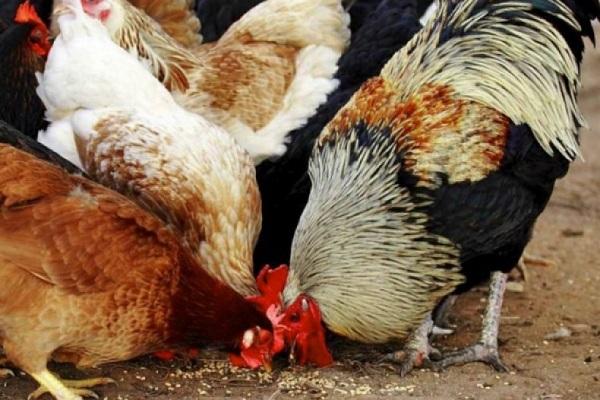
The cost
The advantage of the bean forage is that it is economical. With the introduction of cereals into the diet, the cost of feed is reduced by several percent. Peas can be successfully used as a substitute for expensive bone and fish meal.
The nutritional value
Peas are a high protein product. The protein concentration in it is at least 2 times higher than in grain food. Therefore, in the poultry industry, legumes are used as the main source of vegetable protein, which is necessary for building tissues in the bird's body.
And also peas have a high energy value. 100 grams of the product contains about 300 kcal.
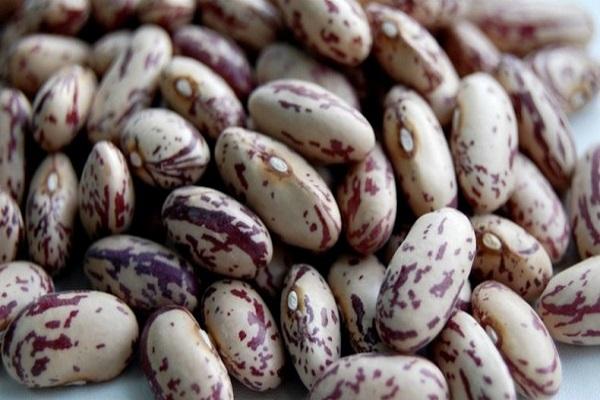
Digestion process
It is undesirable to give beans to small chicks, they may experience disruption of the digestive tract. High-protein feed can be included in the diet of chicks that have reached 2 weeks of age.
Adult layers are offered cereal without fear, but to improve the digestibility of heavy protein foods, it is advisable to give the birds additional sand and small stones. They are harmless to the bird's body, they grind food in the digestive tract, so that it is digested faster.
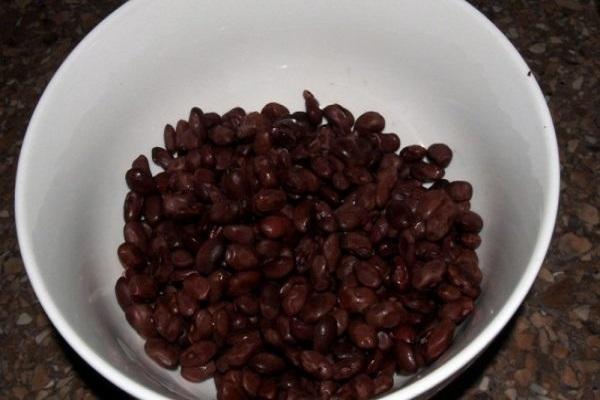
Pea feeding rules
Any legume can be fed to hens, but the assimilation of peas is best. The optimal volume of cereals for an adult laying hen is 15-20% of the total food volume. Chickens are given a little less - about 10%. The product is given to chicks only steamed, "teenagers" can be fed with raw cereals added to a liquid mash.
It is useful to give sprouted peas to layers. The green mass is finely chopped, included in the liquid vegetable mash. During the colder months, when fresh herbs are not available, poultry farmers provide flour from dried legumes.
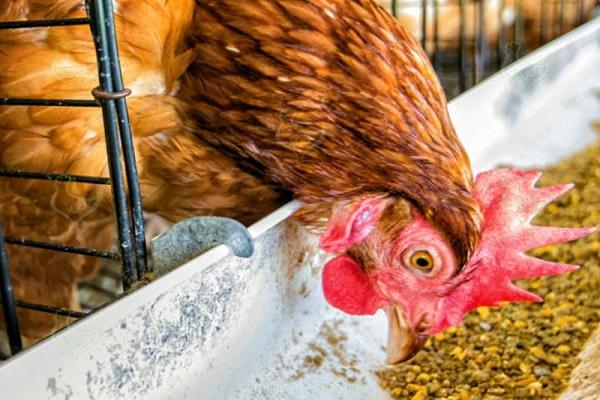
When should you not give?
Poultry not accustomed to heavy, high-protein foods should not be given a dry product immediately. The transition from steamed to firm grits should be gradual.
Peas are placed in the feeder not whole, but in crushed form. It is forbidden to give a whole product to layers - the bird's stomach will not digest it.
